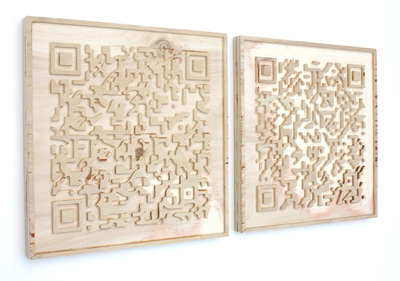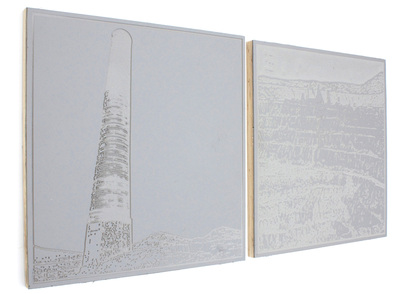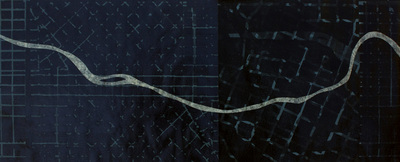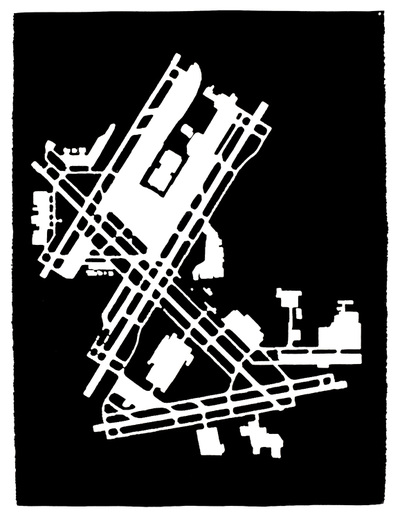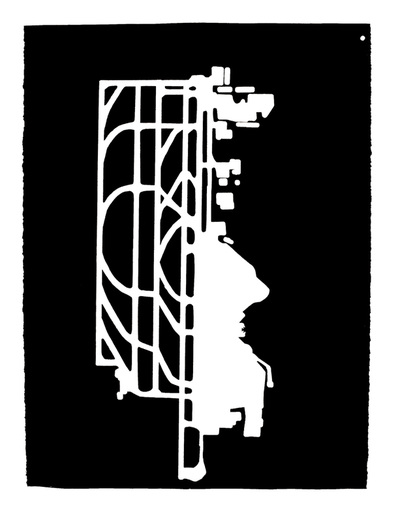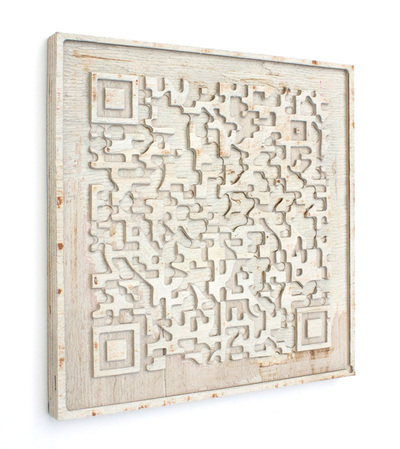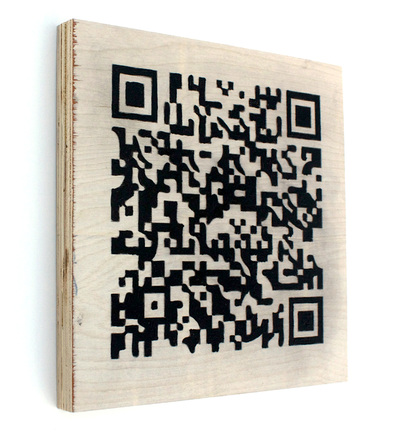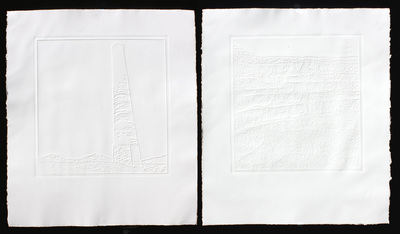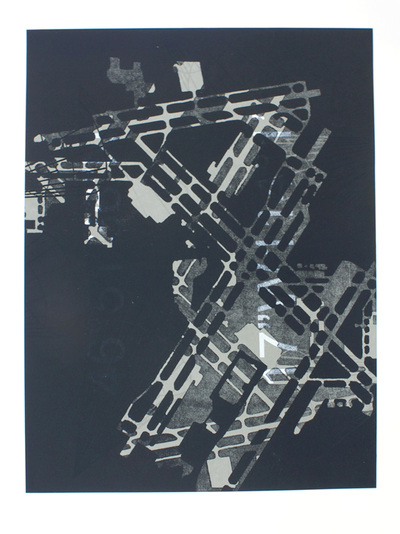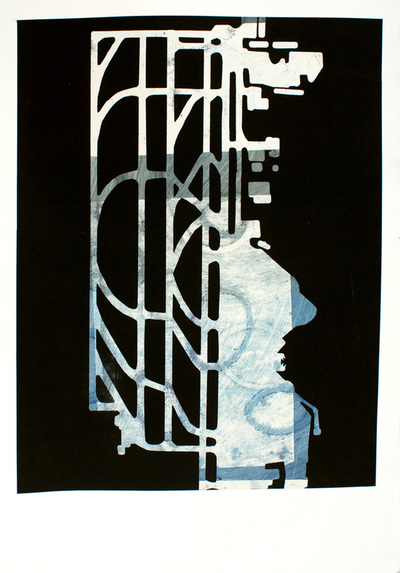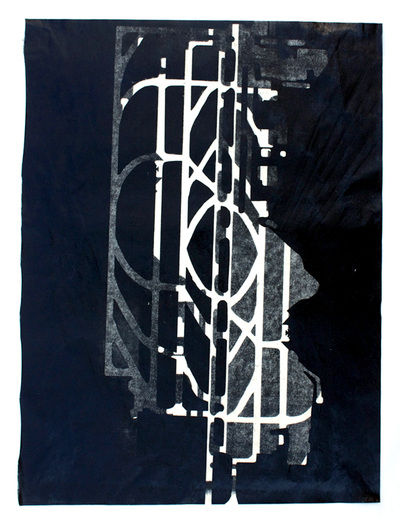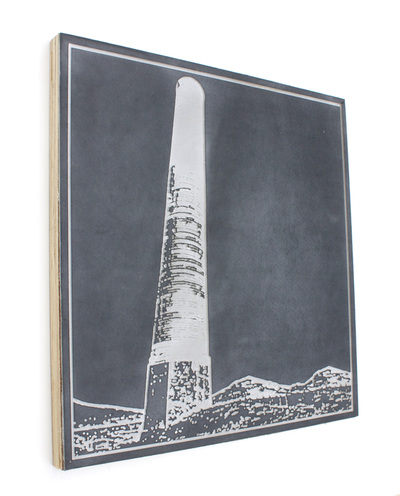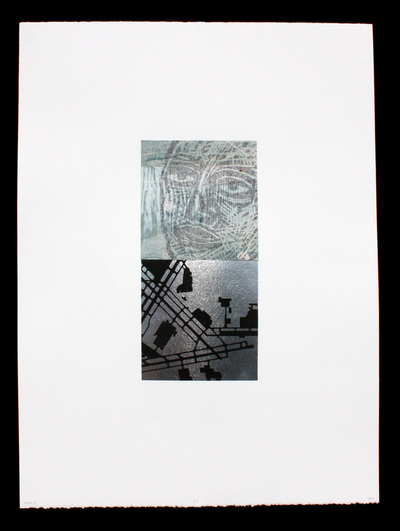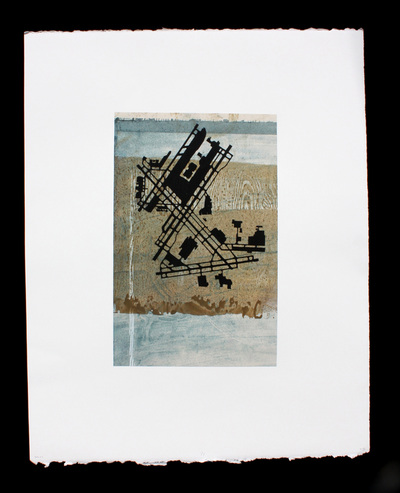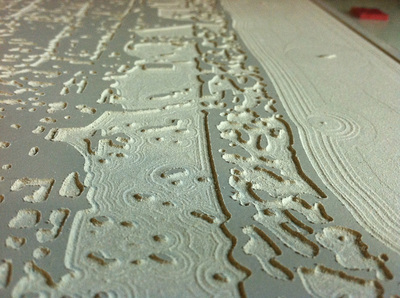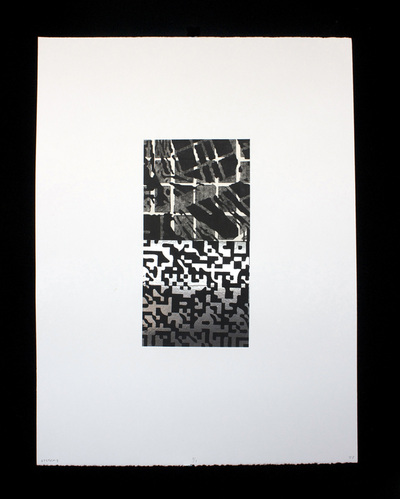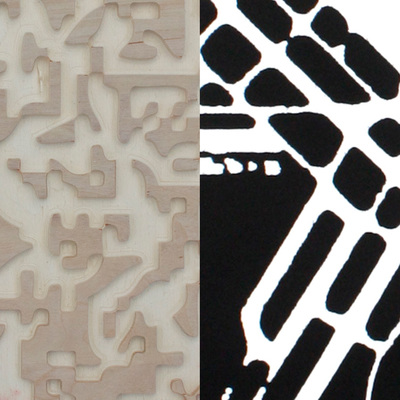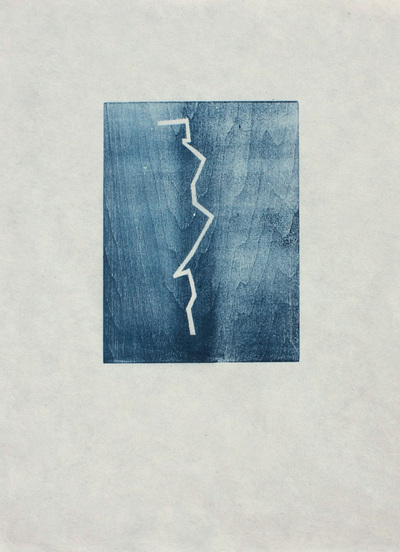Post-rural
|
Post-Rural is a loosly formed collective of artists who's work engages with the shifting notions of rural spaces. Post-rural describes themes emerging out of, and tangential to, a pastiche of Postmodern concepts. The themes, narratives, objects, and aesthetic sensibilities present in these works of art consider the boundaries between urban, suburban, rural and wilderness areas of the American West. Artists considered to have post-rural perspectives have transitioned through these boundaries in either direction. Generally, post-rural themes consider the commodification, narratives and shifting mythologies of rural areas since the 19th century and earlier as urban areas encroach on rural lands or mechanized agriculture draws workers away from the rural landscape. The term first appeared in 1992 in an article by Murdoch and Pratt.
Specific works such as Delay and Landing were influenced by the writings of French Anthropolagist Marc Auge and his discussion on “Non-Places”, Auge’ coined the term non-lieux [non-places] to describe specific kinds of spaces, chiefly architectural and technological, designed to be passed through or consumed rather than appropriated, and retaining little or no trace of our engagement with them. These spaces, principally associated with transit and communication, are for Augé the defining characteristics of the contemporary period he calls ‘supermodernity,’ the product and agent of a contemporary crisis in social relations and consequently in the construction of individual identities through such relations.” |
